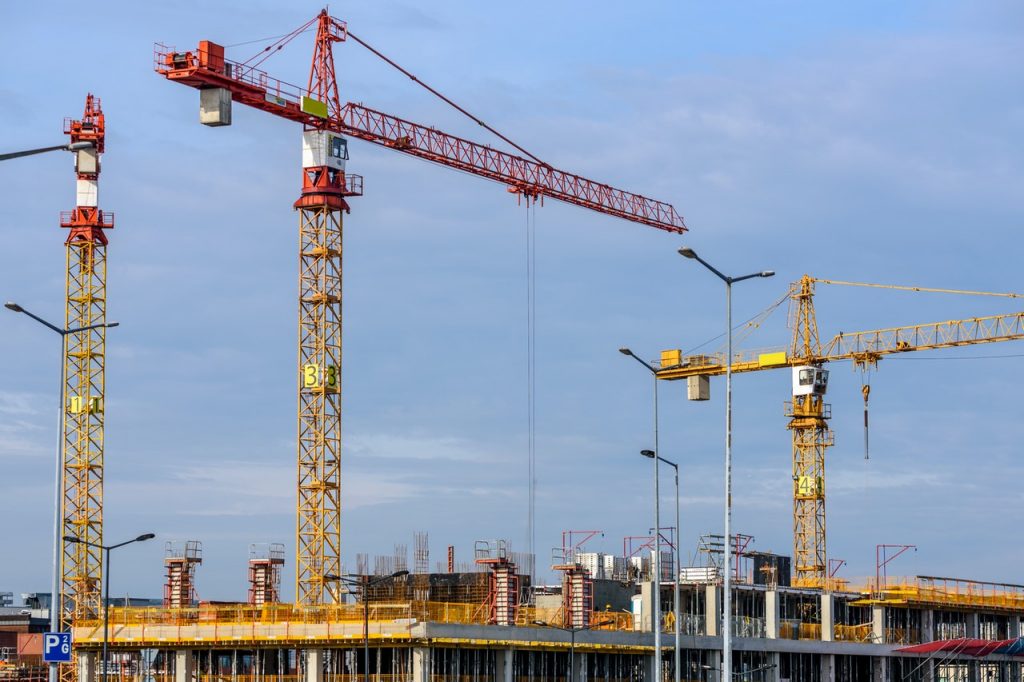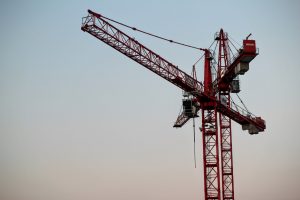China’s Construction of a Hospital in 10 Days
5 min read
The global Coronavirus pandemic has influenced how we socialise, interact with each other, conduct business and the way we go about our lives. It has tested the whole world, and governments and private companies have had to come up with ways to combat and challenge the effects that the virus has brought. In an effort to treat the massively increasing number of COVID-19 positive patients in China, a makeshift hospital was erected in a matter of just ten days. With infection control procedures in the hospital and a mass lockdown, Wuhan was able to successfully suppress the virus. This is nothing short of an amazing achievement and has led to nations all around the world questioning how an accomplishment this outstanding can occur in such a short period.
The hospital spans over 645, 000 square feet and has 1000 beds. Additionally, the facility houses 30 intensive care units, as well as multiple isolation wards. The key to building the hospital so quickly, according to construction experts, was utilising prefabricated units. This means that instead of building the foundation, followed by constructing the cladding, steel frames and the outside of the building, prefabricated units allowed these elements to be constructed simultaneously. By using highly advanced cranes to build the facility in a timely fashion, medical staff were able to provide better care for patients that needed it.
Looking at the response of other nations around the world and their capacity to cope with patients infected with COVID-19, China undoubtedly had better resources and facilities to cope with the pandemic. In New York, the bodies of individuals that sadly passed away had to be loaded into refrigerator trucks that were being used as a makeshift morgue. In Italy, medical students that were in the final years of their degree were called up to help in the fight against Coronavirus as the healthcare system was vastly unequipped with both resources and doctors. In the UK, retired nurses and doctors were called upon to re-join the NHS to help with the fight against COVID-19 and to attend to the exponentially rising influx of positive Coronavirus cases. While healthcare systems all over the globe are doing their best to cope with the epidemic, it is clear that many nations were underprepared when it came to the number of healthcare workers available and the medical resources and facilities needed to deal with a health crisis of this scale.
Adequate construction materials and equipment are essential for building a hospital so quickly. Whether it is the weight capacity of a crane, having durable materials, or having the manpower to make it happen, many elements go into conducting a successful construction project.
While it is a fantastic achievement to build a hospital in 10 days, emphasis should still be placed on preventing the spread of Coronavirus rather than responding to it. While it is essential to have a healthcare system set up that can cope with an influx of patients, a better method is to contain the virus, so hospitals do not reach capacity. One of the main factors in some nations having such a high death rate was the inability to treat individuals at the highest level of care due to being understaffed and under equipped. By flattening the curve, the spread will slow. It is impossible to eradicated COVID-19 without a vaccine, but we can all take steps to ensure that community transmission slows. Through routine testing, health officials can track and trace virus outbreaks. Once an individual that has tested positive is identified, close contacts can be told to self-isolate for a period of 14 days so that the outbreak does not spread further.
In order to stop the spread of Coronavirus, we can all take small steps that, in turn, will play a huge role in protecting public health. It is important to understand the symptoms of COVID-19 in order to identify whether you may be infected. The most common symptoms include having a headache, dry cough, sore throat, runny nose, feeling weak, chest pains, difficulty breathing, shortness of breath and having a fever. If you or anyone you know presents with these symptoms, it is essential to be tested immediately. While waiting for the results, it is compulsory to self-isolate in case you have contracted the disease. Anyone that you have been in close contact with should also self-isolate as a precaution. Businesses should wipe down any wire furniture in a reception area, commonly touched surfaces like elevator buttons and regularly clean common areas.
Other ways in which we can do our part to slow the spread of COVID-19 is to frequently wash our hands. When there is no way to wash your hands, an alcohol-based hand sanitiser should be used. Face masks are also recommended to protect yourself and others, and shaking hands or hugging should be avoided. It is important to keep a distance of 1.5 metres from others when in public. By social distancing from others, the likelihood of transmission from person to person is lowered. Individuals should abide by any laws, rules and recommendations that health professionals, health bodies and the government have outlined. These steps have been implemented to protect the health of all citizens. The more we follow guidelines and rules, the quicker life can go back to some sort of ‘normal’. If community transmission is kept under control, businesses can start to slowly reopen and individuals can participate in social activities again. Until such times that transmission is controlled, we must all take care of each other and play our part in protecting public health.
While building a hospital in 10 days is a record achievement, it was also constructed under extreme circumstances. Looking at the construction industry, while this achievement may be exceptional and admirable, it is not realistic for everyday construction projects. Private companies would not have the funds to pay for the amount of labour and equipment that would be needed to construct a project in such a small amount of time. Additionally, medical equipment sales must be considered when building a hospital with a long-term vision. Smaller details, like having metal display stands with information about disease may also be overlooked during a rushed project. Likely, there will also be a problem with quality control if the job is so rushed. Therefore, this timeframe for construction is not realistic to achieve a great result that will also have longevity.




